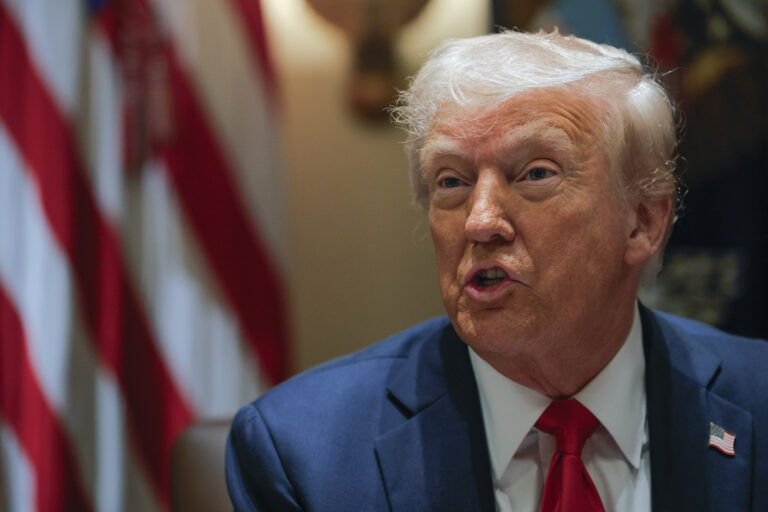The Federal Reserve on Wednesday left its benchmark interest rate unchanged while signaling further gradual rate hikes in the months ahead as long as the economy stays healthy.
The Fed’s widely expected decision kept the central bank’s key short-term rate at 1.75 percent to 2 percent — the level hit in June when the Fed boosted the rate for a second time this year.
The Fed projected in June four rate hikes this year, up from three in 2017. Private economists expect the next hike to occur at the September meeting with a fourth rate hike expected in December.
The Fed’s statement was upbeat on the economy, pointing to a strengthening labor market, economic activity growing at “a strong rate,” and inflation that’s reached the central bank’s target of 2 percent annual gains.
Analysts saw all the comments about economic strength as a clear signal that the Fed remains on track to raise rates two more times this year.
“All signs still point to a September rate hike,” said Greg McBride, chief financial analyst at Bankrate.com. He said consumers should continue to pay down their home equity, credit card and other loans with variable rates that will rise further as the Fed keeps hiking rates.
“Refinance adjustable rate debt into fixed rates to insulate yourself from further rate hikes,” McBride recommended.
There was no mention in the statement of what many economists see as one of the biggest risks at the moment: rising tariffs on billions of dollars of U.S. exports and imports that have been imposed as a result of President Donald Trump’s new get-tough approach on trade.
The Fed statement also made no reference to criticism Trump has lodged recently against the Fed’s continued rate hikes.
The Fed’s decision was approved on a unanimous 8-0 vote. The action was not surprising, given that this meeting followed a June session where the Fed took a number of steps including raising rates by another quarter-point and changing its projection for hikes this year from three to four.
The March and June rate hikes followed three hikes in 2017 and one each in 2015 and 2016. The Fed’s key policy rate is still at a relatively low level. But it’s up from the record low near zero where it remained for seven years as the central bank worked to use ultra-low interest rates to lift the economy out of the Great Recession.
The string of quarter-point rate hikes is intended to prevent the economy from overheating and pushing inflation from climbing too high. But higher rates make borrowing costlier for consumers and businesses and can weigh down stock prices. Trump has made clear he has little patience for the Fed’s efforts to restrain the economy to control inflation.
“Tightening now hurts all that we have done,” Trump tweeted last month, a day after he said in a television interview that he was “not happy” with the Fed’s rate increases.
Over the past quarter-century, presidents have maintained silence in public about Fed actions, believing that lodging complaints would be counter-productive. That’s because it could produce even faster rate hikes if the central bank feels the need to convince financial markets that it will not yield to political pressure and allow inflation to rise to worrisome levels.
At the moment, economic growth is strong, rising at an annual rate of 4.1 percent in the April-June quarter, the best showing in nearly four years. Unemployment is at a low 4 percent, and some analysts believe it will fall further when the government releases the July figures on Friday.
But there are worries as well, led by fears of what a Trump-led trade war might do to growth in the United States and around the world.
Many analysts believe that the possible harm from rising tariffs was a key discussion topic this week. While trade was not mentioned in the statement, it likely will show up in the minutes of the Fed’s discussion which will be released in three weeks.
Delivering the Fed’s semi-annual report to Congress last month, Fed Chairman Jerome Powell refrained from criticizing the Trump administration’s effort to use the threat of tariffs to try to lower trade barriers. But Powell noted that the Fed was hearing a “rising chorus of concern” from business contacts about the harm a trade war could cause.
Powell hasn’t publicly addressed Trump’s criticism of Fed rate hikes. But the chairman had previously said in a radio interview that the central bank has long operated independently in making interest-rate decisions based on what was best for the economy and not in response to political pressure.
(AP)











